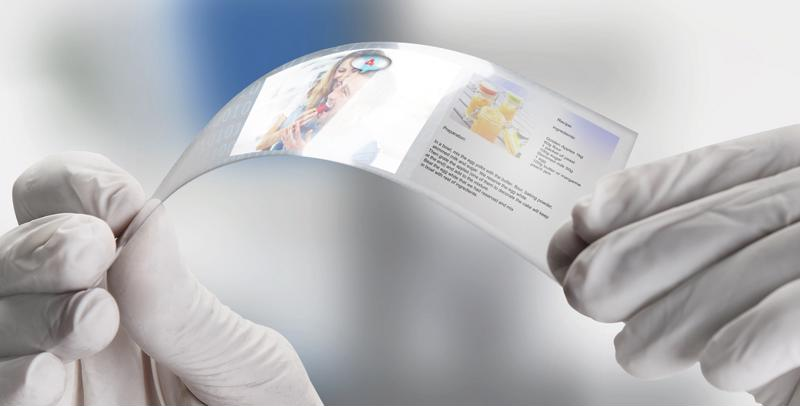

Two primary reasons for the use of flexible PCB in medical devices and wearables are their dynamic flexing capabilities and high reliability.
1. Dynamic Flexing Flexible PCB possess exceptional bending and flexing capabilities, which are crucial for medical devices that may expand or contract during operation. This bending characteristic makes flexible PCBs an ideal choice for medical applications, especially in applications that require connection through hinge mechanisms. Flexibility and dynamic flexing pose a challenge for healthcare industry designers, as this was not a primary consideration for medical electronic products in the past. With the advent of flexible circuits, medical devices are moving towards a more compact, durable, and flexible direction.
2. Reliability Reliability refers to the ability of a product to continue performing its required functions without degradation or failure, which is a very important factor in medical applications and wearable devices. Generally, interconnection contact points are a potential source of electronic failures. Flexible circuits improve reliability by minimizing connection points and simplifying assembly. This feature eliminates the chances of interconnection defects such as poor solder joints. Flexible PCB are primarily made of polyimide materials, which can resist various environmental and chemical changes, minimizing the impact of shock and vibration events.
Electrical reliability is also an important aspect of flexible PCB. Compared to standard rigid materials, flexible PCB have a lower dielectric constant, uniform material thickness, and consistent wire width and spacing, making them electrically reliable in high-speed signal applications.
Next, we will explore other main reasons for the application of flexible PCB in medical devices and wearables.